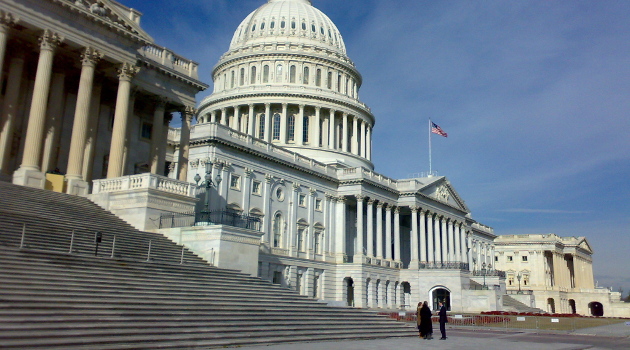Our friends on the left who want more government spending generally have a short-run argument and a long-run argument.
- In the short run, they assert that more government spending can stimulate a weak economy. This is typically known as Keynesian economics and it means temporary borrowing and spending.
- In the long run, they claim that big government is an investment that leads to better economic performance. This is the “Nordic Model” and it means permanent increases in taxes and spending.
In many ways, the debate about short-run Keynesianism is different than the debate about the appropriate long-run size of government.
But there is one common thread, which is that proponents of more government pay too much attention to consumption and too little attention to production.
I wrote a somewhat wonky column about this topic back in April, but let’s take another look at this issue.
In a column last month for the Wall Street Journal, Andy Kessler shared some economic fundamentals.
Here’s how capitalism works—pay attention if you took the social-justice version of Econ 101. SIPPC: Save. Invest. Produce. Profit. Consume. Save means postponing consumption, money and time. Only then you can invest, especially your human capital, in something productive. Usually this means doing more with less, being efficient and effective. This is when innovation happens. Wealth comes only from productivity, not from giving away money. …Supply first and then consume…, creating incentives to put money into the hands of entrepreneurs and clearing a path for them to innovate by getting government out of the way.
In some sense, this is simply the common-sense observation that you can’t consume (or redistribute) unless someone first produces.
But it’s also a deeper message about what actually drives production.
There are no shortcuts. You can’t induce demand without supply. Didn’t the lockdowns prove that? Stimulus checks did little good given that there were few places to spend them until businesses were allowed to reopen. We’re now perversely sitting on almost $3 trillion in excess savings and even more new government debt. Yet the government stimulus mentality continues in Congress. …Through taxes and currency depreciation, demand-side spending steals savings needed to invest in future supply, which is why it never works. It is why the Great Depression lasted so long, why Japan lost two decades, and why 2009-16 saw subpar U.S. economic growth. When demand drops, government spending and giveaways make things worse. The only solution to kickstart production is to increase investment and make jobs more plentiful by cutting taxes and easing regulation. ..Price signals tell entrepreneurs what to supply. But price signals are only as good as their inputs. Minimum-wage laws mess up labor price signals. Tariffs mess up trade price signals. The Federal Reserve’s bond-buying blowouts mess up interest-rate price signals.
Amen. We know the policies that lead to more prosperity, but politicians constantly throw sand in the gears.
Simply stated, bigger government diverts resources from the productive sector of the economy. And that makes it more difficult to get the innovation and investment that are necessary for rising wages.
To be sure, there are some types of government spending that arguably help a private economy function.
But that’s not what we get from much of the federal government (Department of Housing and Urban Development, Department of Education, Department of Energy, Department of Agriculture, Department of Transportation, etc).
Which is why the growth-maximizing size of government is far smaller than what we are burdened with today.
P.S. I can’t resist sharing this additional segment of Mr. Kessler’s column.
Modern Monetary Theory, known as MMT—what economist John Christensen called the “Magic Money Tree”—is the worst of demand-side nonsense. MMT believers think that to boost aggregate demand we can have government print money and spend, spend, spend. We tried this in the 1960s and ’70s with Great Society programs
At the risk of understatement, I agree with his concerns.
P.P.S. It’s worth noting that the World Bank, OECD, and IMF have all published research showing the benefits of smaller government.
———
Image credit: Bjoertvedt | CC BY-SA 3.



